Body surfing accident victim fosters a unique environment of healing, care
By JENNIFER STECKL
The building that houses the Shepherd Center looks unremarkable next to its neighbor, Piedmont Hospital, which dwarfs it in size, architecture and even name recognition. A sapphire insignia on the outside depicting a mystery man blooming out of a hand provides only the subtlest of hints that something magical might be happening within. Inside, however, first-time visitors discover a recurring image far more memorable than the logo—and far more telling. Everyone appears to be wearing it—patients, doctors, nurses, even security guards: a smile. It’s the first indication that the Shepherd Center isn’t like other hospitals.
With canine companions roaming the grounds, team games in the gym, peer support groups and skiing trips, the Shepherd Center instills a strong sense of community that makes patients excited to get out of bed in the morning.

“I always tell my patients that [the Center] is a combination of Disneyland, summer camp and boot camp,” Dr. Anna Elmers said. “Disneyland because it’s so overwhelming—you get up, get your schedule, see all of these people and don’t know where you’re supposed to be. Summer camp because you get here, and you [think], ‘Wow, there are all these people out here.’ And then boot camp because our therapists, as pretty and petite as they are, will work you to the core.”
The Shepherd Center serves as a rehabilitation hub for victims of spinal cord and brain injuries from all across the nation. Patients of different ages, attitudes and accidents arrive there with a common goal: to heal. The Shepherd Center, however, accomplishes much more than that.
“It creates an environment of compassionate care, education and acute medical rehabilitation for a patient and family,” founder and chairman James Shepherd said. “And hope. Hope that life’s not over.”
Hope has played a dynamic role in Shepherd’s own life. Forty-one years ago, hope meant the difference between life and death—and consequently, the formation of the Shepherd Center.
BECOMING A SHEPHERD
Soon after graduating from the University of Georgia in 1973, Shepherd embarked on an epic backpacking trip. He had little money, but he also had no commitments, so he and a friend set out to explore the exotic terrain of Africa and South America until their money ran out.
“We figured that we would never get another opportunity, once we had a job, to disengage from responsibility for that long of a period of time,” Shepherd said. “[We wanted] to see things: photo-safariing, climbing the pyramids and the Valley of the Kings, and [going into] the gold mines in South Africa.”
In Brazil, things suddenly took a turn for the worse. On what seemed to be an ordinary morning at the beach, he grew tired in the blistering sun and swam out into the surf. The third wave he swam through, however, sucked him under and broke his neck on the ocean’s floor.
“I couldn’t move, and I hurt from the base of my skull all the way to my tailbone,” Shepherd said. “[I remember] sitting there in a wonderful, protective mode of denial, going, ‘Well, I’ll be OK’—but I don’t know if I ever defined what ‘OK’ was in my mind.”
James’ mother Alana Shepherd believes he was left in the hands of haphazard Brazilian medical care for much too long. If it was not for the head of the CIA, with whom her friend had connections, the trip back to America would not have been possible. At that point, James’ health was in critical condition, and once back, matters barely improved. After spending two months in Piedmont Hospital, the Shepherds knew it was time to relocate again—the treatment left James weighing only 83 pounds. The final stop was Denver, where he received proper care at last. Five months later, James walked out of the rehabilitation center with a crutch and a leg brace.

Despite the rehabilitation center’s assistance in James’ recovery, the distance between Denver and Atlanta was hard on the family. One year later, while at lunch with an old mentor, James decided he wanted to station a rehabilitation hospital much closer to home. He pitched the idea to his parents, and 14 months later, the Shepherds opened their doors to the public.
From that moment on, the Shepherd Center’s reputation grew more quickly than the hospital could handle. The Shepherds expected the original 22 beds to take five years to fill; they were full in less than a year.
“When you can’t serve people, it’s pretty heart-rending,” James Shepherd said. “[So the question] has been, ‘How fast can you run? How much money can you raise? How many supporters can you get? And how well can you become known to take care of the un-met need?’”
Although expanding the Center was a priority, the Shepherds could only renovate if they had the money to do so, which, according to James, came from anyone they “could beg, borrow or beat up for a nickel.” A bank foundation that helped fund the Denver rehabilitation center gave the Shepherd Center seed money, and other banks soon followed suit. Eventually, in May 1982, the Shepherds secured the funding required to move into their current location on Peachtree Road. Despite having more room, it was difficult to settle into the new space.
“We had 40 beds, a third floor that was shelled in, light bulbs hanging and a little bit of ventilation,” Shepherd said.
Today, the Shepherd Center is equipped with 152 beds and nine full-time physicians whose time and dedication, James believes, makes a huge difference. He predicts the Shepherd Center sees more than 40,000 visitors a year. But there is more to the center than an impressive number. A lot more.
GETTING BACK TO LIFE
Since she was 8 years old, Melissa Underwood’s life has revolved around swimming. Back in July, she jumped off a pier into a lake of unknown depth. The dive after that fateful decision broke her C6 vertebra and stole her legs’ motor abilities. The consequence was especially bad for Underwood because of how much she loves the water.
“I got in the pool yesterday, and it was probably the hardest experience of my life,” Underwood said. “I didn’t really realize that my legs didn’t work until they told me, ‘We have to put a buoy to hold your legs up.’ [Then,] I learned how to flip myself over—but when you almost drown, having your face fully submerged in the water is really hard.”
Underwood has had a particularly difficult time adjusting to life with limited movement but believes rehabilitation at the Shepherd Center helps patients appreciate that they are alive.
“I’ve got these three fingers coming back, and I’ve never been so happy in my life,” Underwood said. “You take these teeny, tiny steps, and you find the joy in them.”
Warren Cleary, another patient, said that sometimes the results of other patients’ recoveries provide needed inspiration.
“[When] I saw a guy named Pete jump out of his wheelchair and onto a couch, take his whole chair apart and throw it back together, get back in it and go screaming down the hallway at 20 mph, I was just like, ‘Whoa, I’m about to follow that guy because I want to know what he knows.’” Cleary said. “I valued that interaction of seeing someone else hurt but not letting it pull them down.”
Having worked as an instructor in rock climbing, skiing and snowboarding, and, above all, skydiving, Cleary contends that nine times out of 10, he is doing something dangerous. For 12 years, he explored the earth’s atmosphere, and eventually honed his skills enough to travel to Dubai with the U.S. parachuting team and compete at a world level. While training for the next world competition, however, Cleary pushed his body too far. On a botched landing one day, he crashed into a rogue mound of dirt. The accident hurt his back, but he decided that the pain was nothing a few ibuprofen and a good night’s sleep couldn’t fix. The next morning, on what would normally have been a routine landing, Cleary’s L1 vertebra shattered.
While recovering at the Shepherd Center, he found that supporting his peers helped him to recover as well. Given only a 1 percent chance to walk again, Cleary can now walk slowly with a cane. But Cleary has had his sights on something much more ambitious: skydiving. He convinced his doctors that it would be as simple as stepping off the back of a pickup truck and now he skydives regularly.
“We all promise our moms when we get hurt like this, ‘I won’t do that again.’” Cleary said. “I didn’t. I still skydive. I’m sure my mom hates it, but she’s gotten used to it. Seeing someone go after their passions after injuries was important to me, and I think that’s why I wanted to work here. I wanted to show everyone that just because you have a traumatic injury—I mean, yes, your life is going to change, no doubt—it doesn’t have to be the end of your pursuit of happiness.”

Cleary now works at the center as a peer support liaison, inspiring others in the way others inspired him. On the way back home from a rafting trip, Sierra Maihack and her friends drove too quickly down a curvy, highway entrance ramp. The car left the road and flew into a pine tree. Shortly after the accident, she endured a six-hour surgery to repair her C1 and C6 vertebrae. When Maihack woke up, she discovered a beacon of hope.
“After being in the ICU, I was getting more and more motion back and was feeling little things a little more every day,” Maihack said. “Holding on to that [feeling] throughout my journey here at Shepherd Center has especially helped my outlook on recovery.”
The center provides constant opportunities for patients to reconnect with the world outside of the hospital. From scuba-diving and wheelchair basketball games to just getting out of the building and going to Taco Bell, the Shepherd Center provides a spectrum of therapeutic recreational activities, all intended to help patients resume their pre-injury lifestyles.
“I think the fact that the Shepherd Center was established by a family who has been through this—and that they understand the families’ and patients’ needs physically, emotionally and what it takes to get back to life—is what makes all the difference,” Maihack said.
Just ask James Ludwick. Four months ago, Ludwick, an 18-year-old from Maryland, was set to attend a Division III university with a lacrosse scholarship. Now, after a tragic accident, the only motion he can make is a shoulder shrug. Even though the college still plans to honor his scholarship, Ludwick faces a long and difficult recovery process—but he doesn’t have to make the journey alone.
“I’ve been part of the adolescent program, so the therapists and everyone I’ve worked with are geared to help people of my age,” Ludwick said. “Day by day, you learn that you can do it, you will recover and you will get through it.”
Ludwick, like Underwood, fell victim to what Alana Shepherd notes is one of the most common causes of spinal cord injury: diving into shallow water. Though Ludwick still has a long way to go to regain the range of motion he can restore, he has already come a long way, thanks to the adolescent team, a program unique to the Shepherd Center.
“The reason I love the adolescent team is because that’s where you can really make a difference in [the patients’] lives,” Elmers said. “You can actually change what happens by what you do here.”
Often times, rehabilitation at the Shepherd Center can be extremely grueling. While some patients have difficulty pulling through those dark days, 16-year-old Massachusetts native Ritchie Elgar feeds off of the constant labor. The rigor of rehabilitation reminds him of wrestling practice back home.
“[Wrestling] gives you a workout like no other,” Elgar said. “The amount of work they make you do makes you puke and dizzy, and you can’t walk down stairs because your legs are so sore. It’s really fulfilling once you’ve seen how much you’ve improved from before.”
Elgar says his disciplined work ethic has enabled his miraculous recovery. His injury started off much worse than most. He was sleeping on the floor of his family’s car when it crashed into a guardrail and catapulted him out of the car. Elgar’s T1 vertebra and lung both imploded. He spent an extended amount of time in an Intensive Care Unit due to his lung but has now been released into outpatient care after only one month of inpatient treatment. While Elgar’s chances of walking again are slim, his outlook is more than optimistic.

“I just have to keep fighting,” Elgar said. “There is no quit in me. It’s nice to have people around me with the same type of injury, but I came here solely for me, myself and I, just to recover and get to be the best that I can be.”
Upon being wished good luck with the rest of his treatment, Elgar replied, “Thanks, but I’m not going to need it.”
Grady alumnus James “Woody” Morgan was a star sweeper on the Grady soccer team, an excellent student and a sports editor for The Southerner. During his first two years at the University of Georgia, Morgan planned to go into medicine. Then, during Spring Break of his sophomore year at UGA, Morgan broke his C5 and C6 vertebrae diving into what appeared to be a normal Destin wave. But the accident didn’t derail his plans to be a doctor: it propelled them.
“Shepherd introduced me to a whole new kind of medicine that I never knew about,” Morgan said. “Going through the whole rehabilitation process as a patient let me see exactly what patients went through and how the doctors are there to interact with the whole team.”
Morgan is currently studying at Tulane University to receive an M.D. Afterwards, he plans to join the residency program at Emory University and work in the field of physical medicine and rehabilitation. If he is successful, Morgan will rotate in with the Shepherd Center doctors who treated him.
“I think I’d be able to give a whole lot back and also get a lot out of it personally by working with the [Shepherd Center’s] patient population,” Morgan said. “It would be a pretty unique experience, a pretty cool story to tell.”
YOU CAN’T QUIT A FAMILY
“I wouldn’t go to a high school reunion,” said Jolyn Ludwick, James Ludwick’s mother. “But I would definitely go to a Shepherd Center reunion.”
The Shepherd Center isn’t unique because it has an innovative approach to physical healing. The center stands unparalleled because of the emotional attachment that patients, peer supporters, doctors and therapists share. Essentially, they are all part of one big Shepherd family.

“I wouldn’t wish this upon anybody, but I hope a lot of people take the opportunity to come, get to know us and hear our stories,” Underwood said. “I want them to see how different we all are, but how alike we are in our appreciation for the Shepherd Center. This place has saved a lot of people’s lives, including mine.”
Elmers believes peer support groups and therapeutic recreation are the crux of the Shepherd Center’s emotional rehabilitation efforts. Shepherd believes that Elmers may have more to do with the success than she lets on.
“[The staff ] has got this culture of relentless intentional caring for the patients and the families,” Shepherd said. “When it happens in a family, it’s not just the patient that you need to take care of, it’s the family too. The family is sometimes impacted more than the patient.”
While both James and Alana Shepherd claim they are too busy to stop and think about the good they have done for the world, James said he will always remember rather unexpected, intimate moments with patients, which he believes are the true fuel of his motivation.
“I’ll leave this building to go to the parking deck and sometimes I’ll get three or four families who stop me, hug me and cry,” he said. “I pull out on Peachtree and I’ve got tears running down my face. Someone one time [told me], ‘You probably ought to quit.’ I said, ‘No, you don’t get it. I need to quit when the tears quit running down my face.”
While you can quit a job, you can’t quit a family. As long as the Shepherd Center runs itself on that notion, its impact will be lucidly exposed on the faces of so many people that it has touched: a perfect blend of tears and smiles.


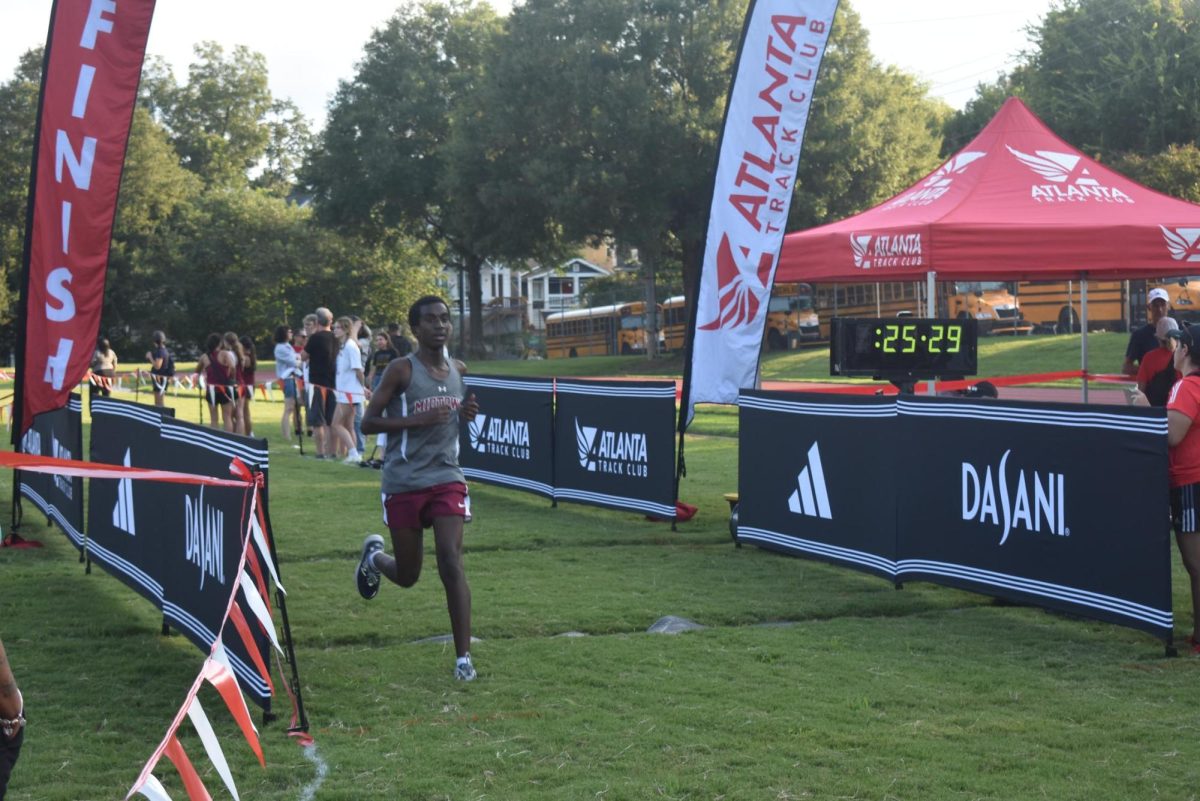
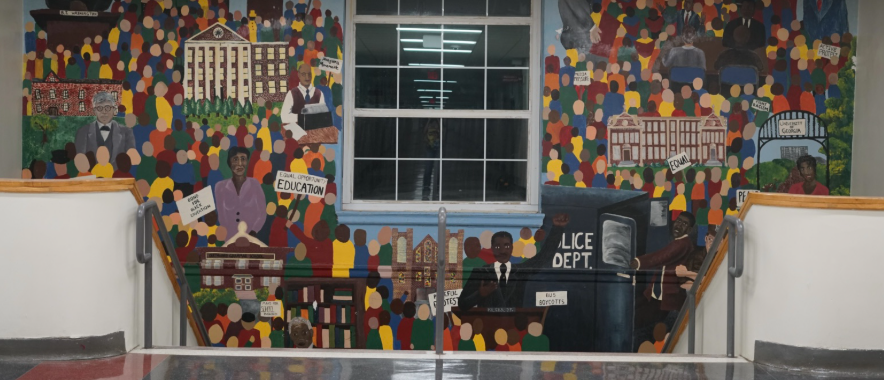
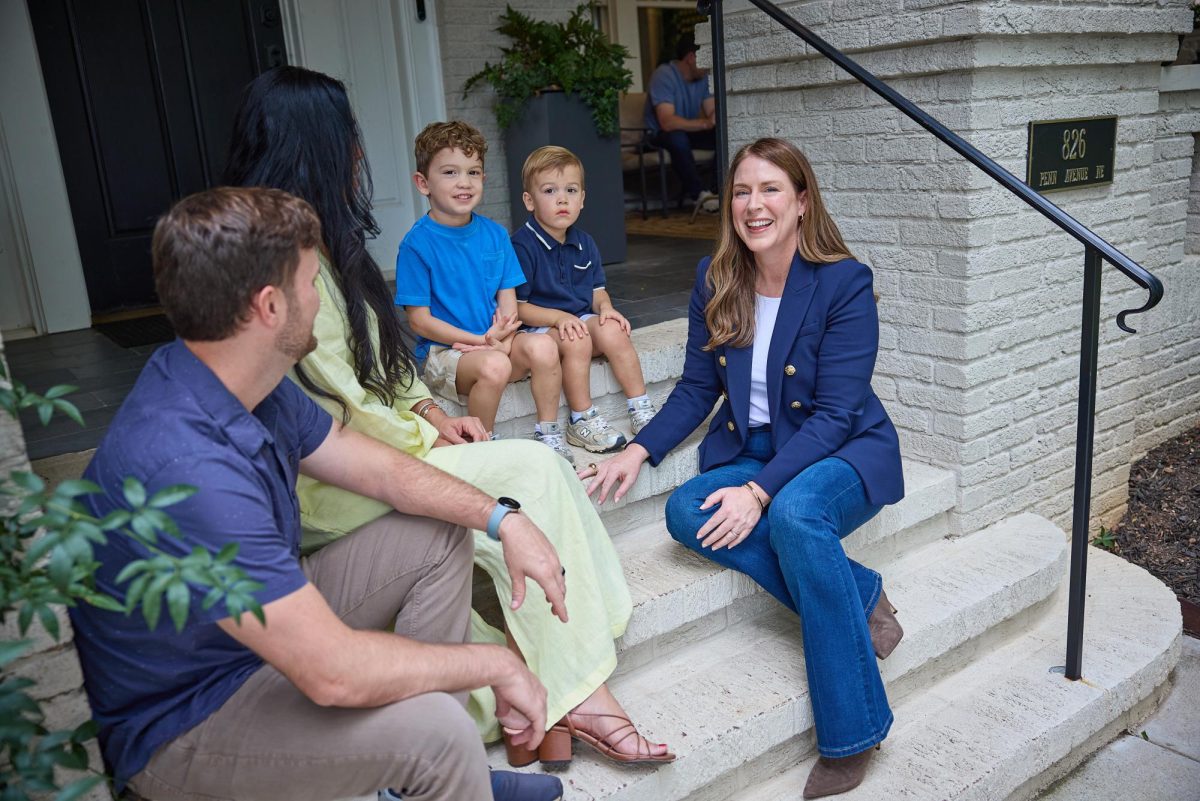


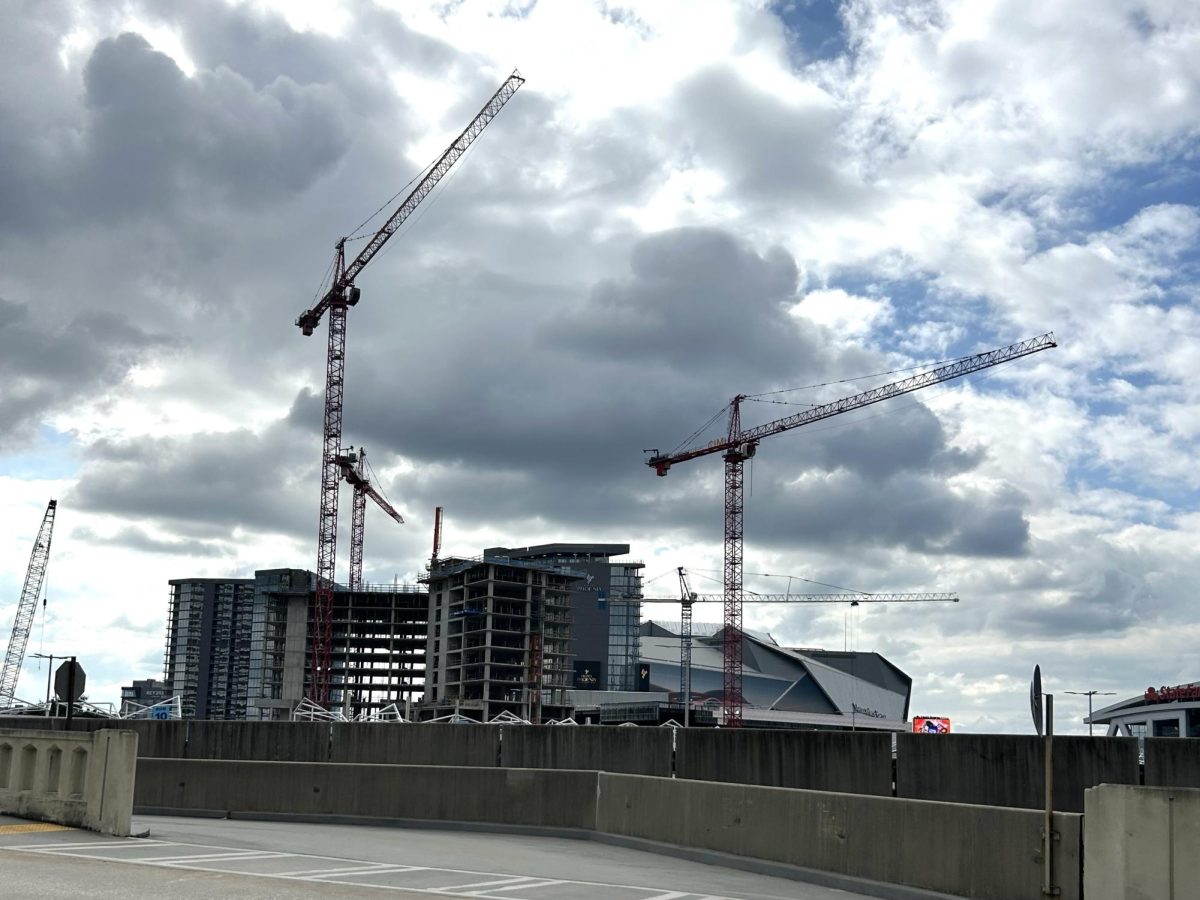
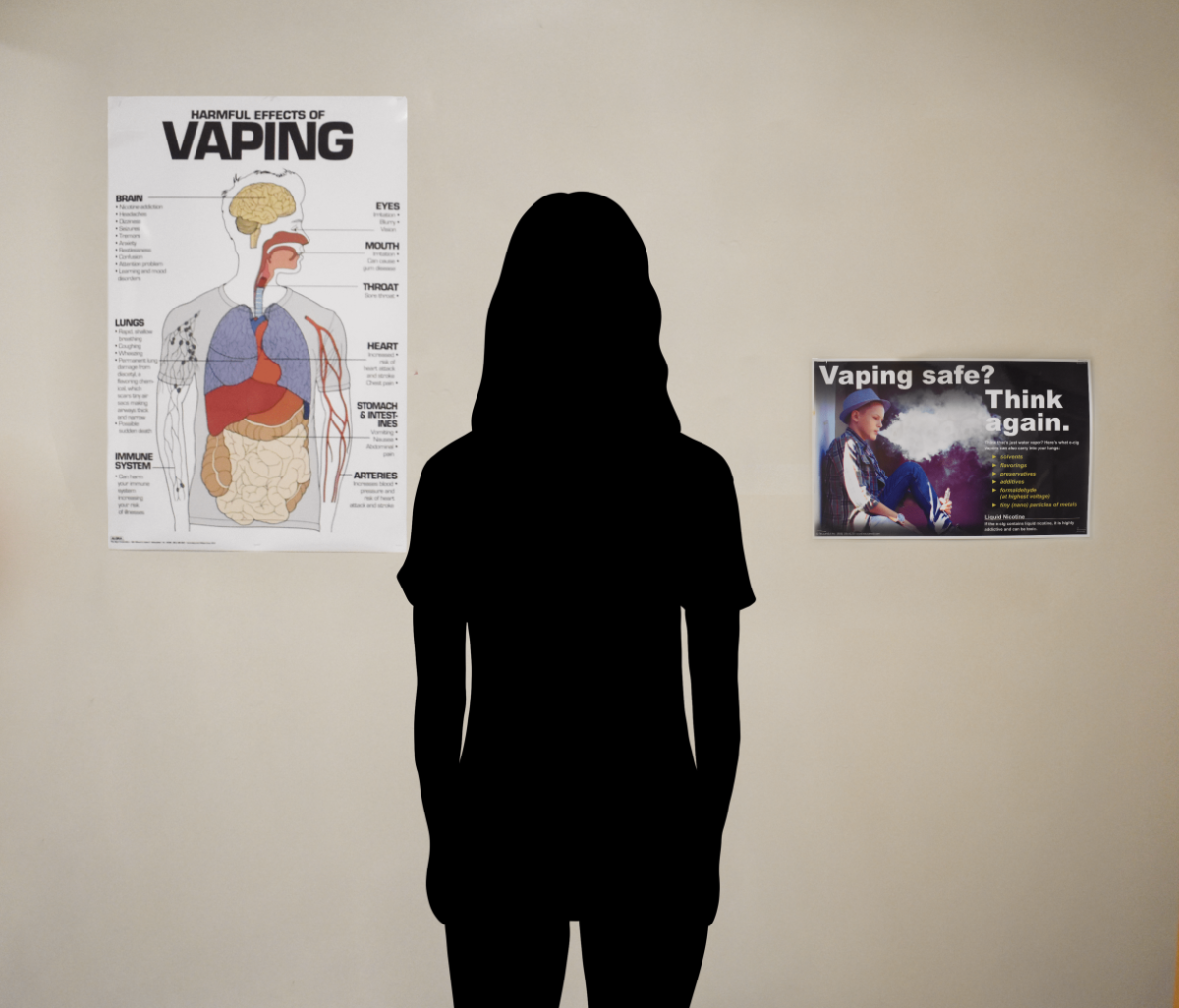

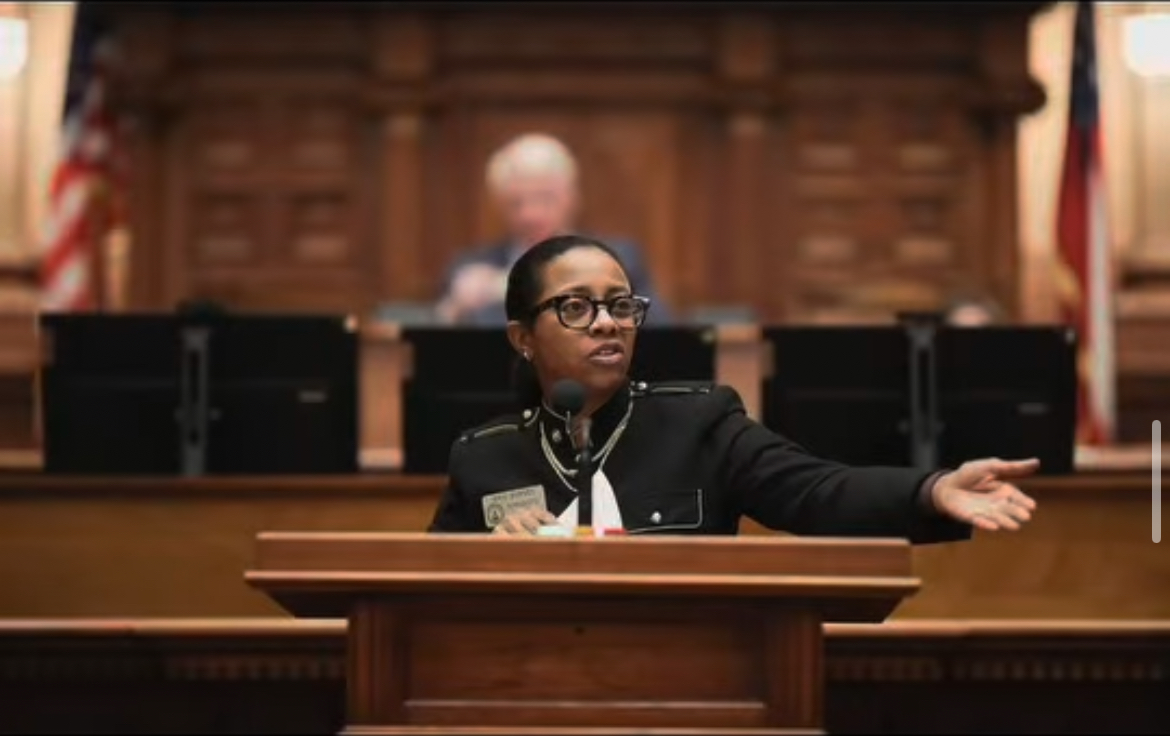
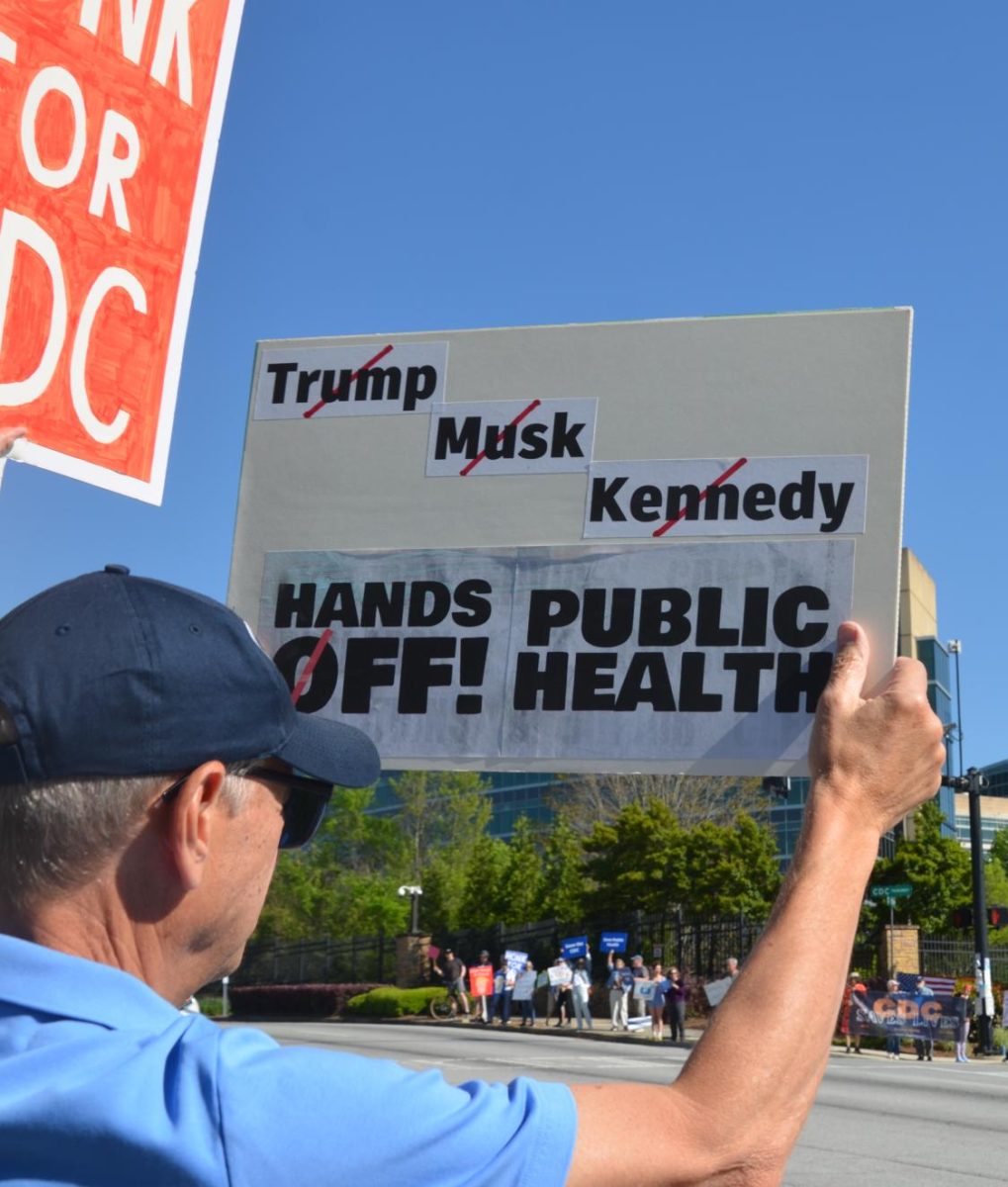
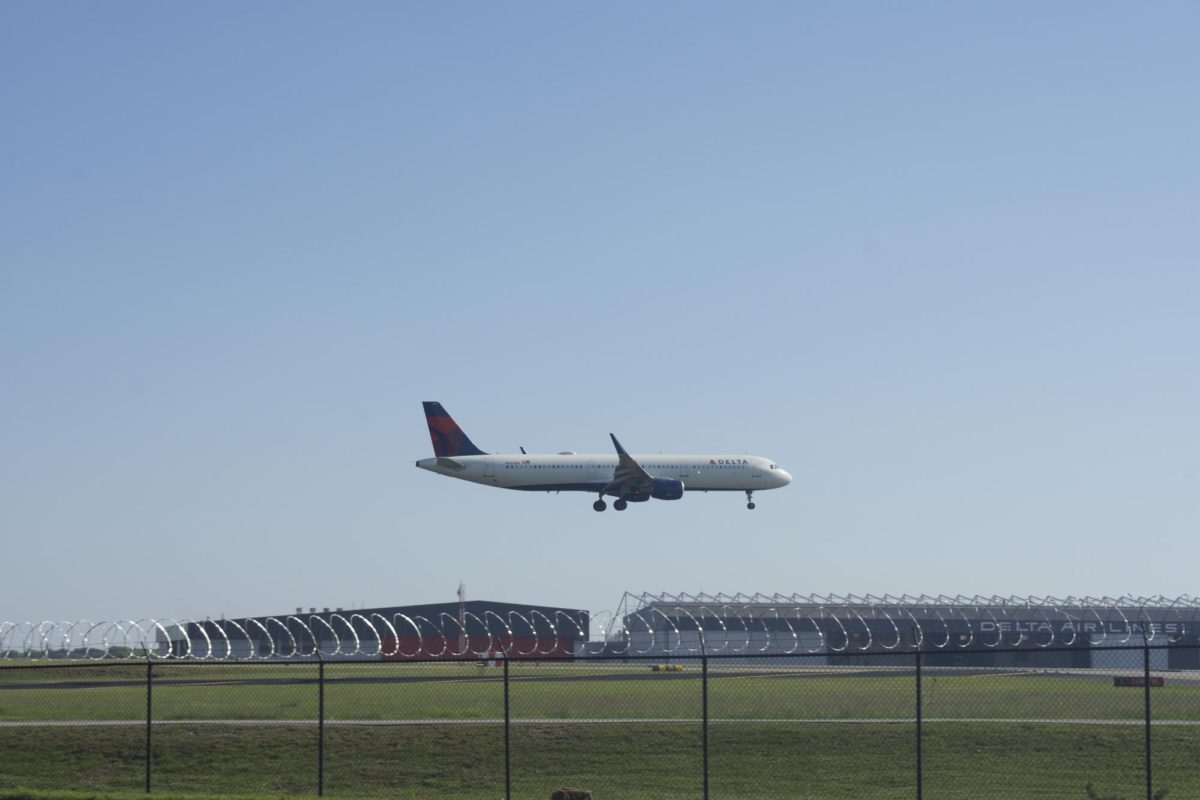
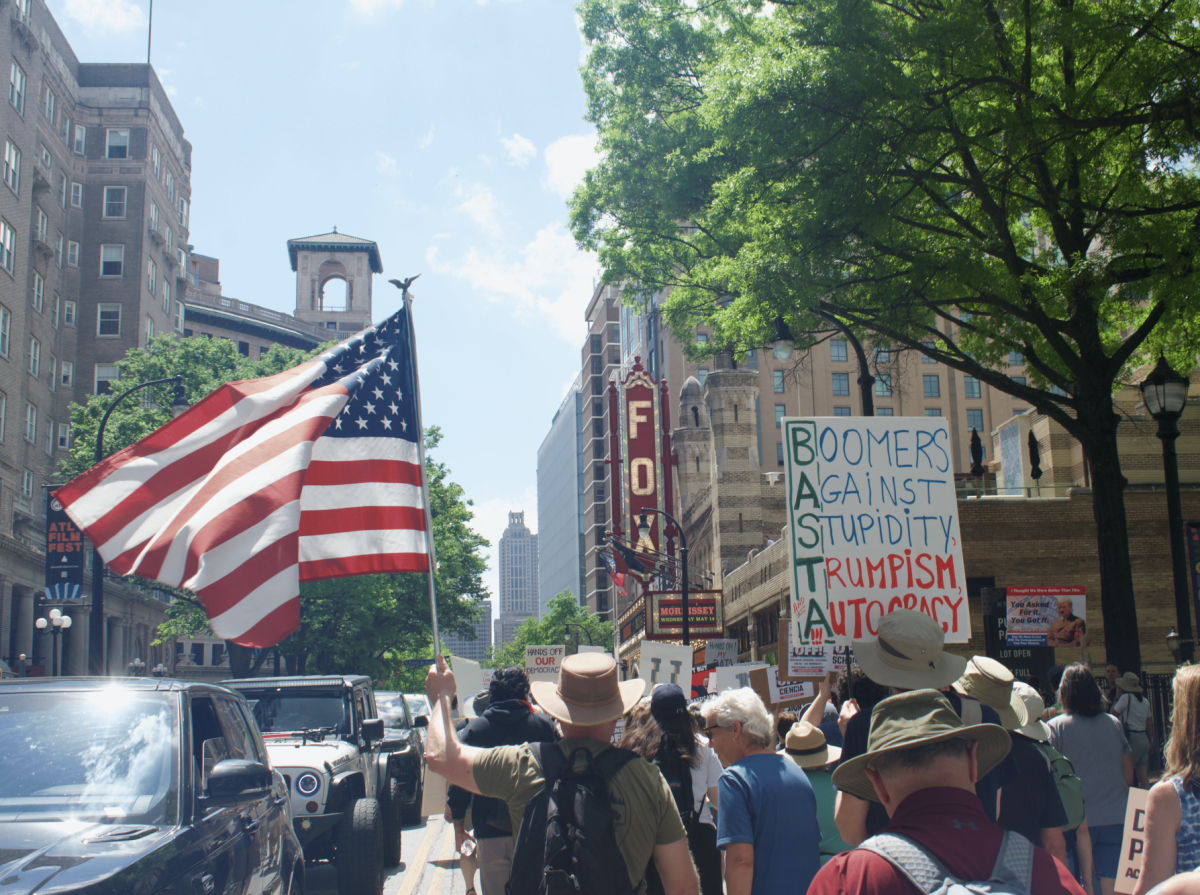
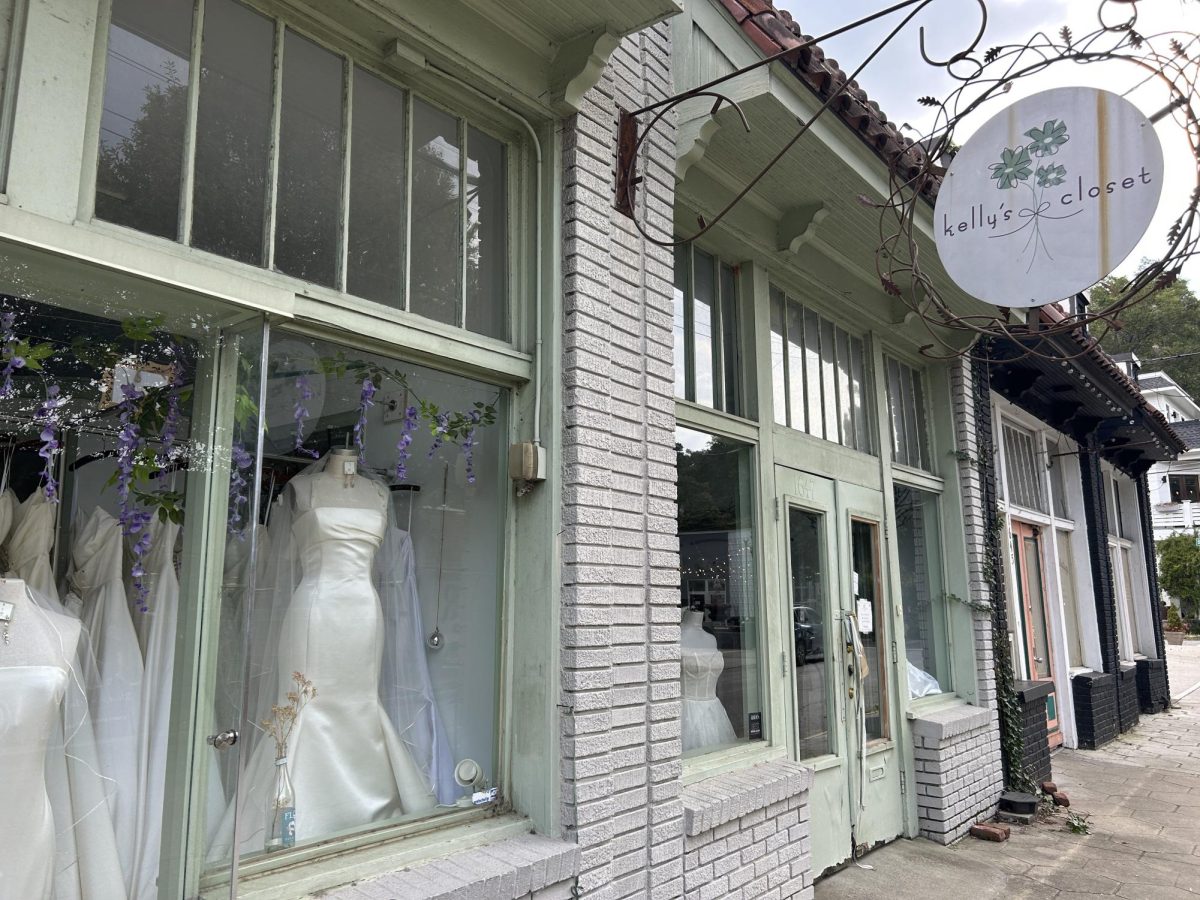
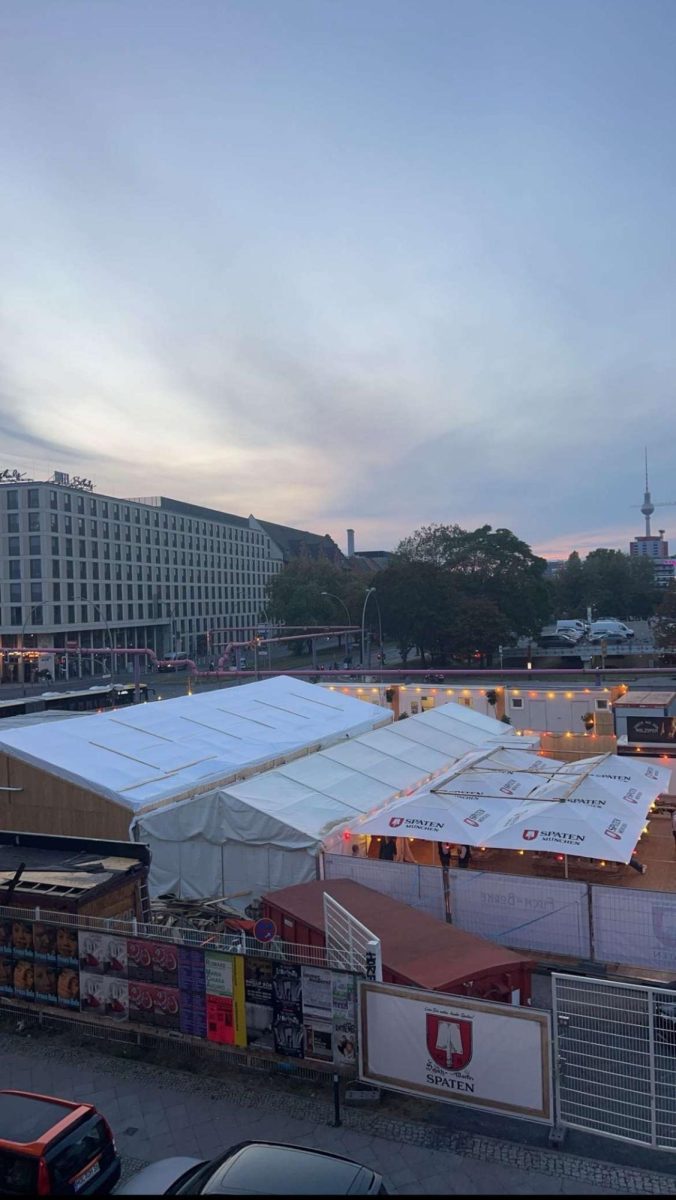
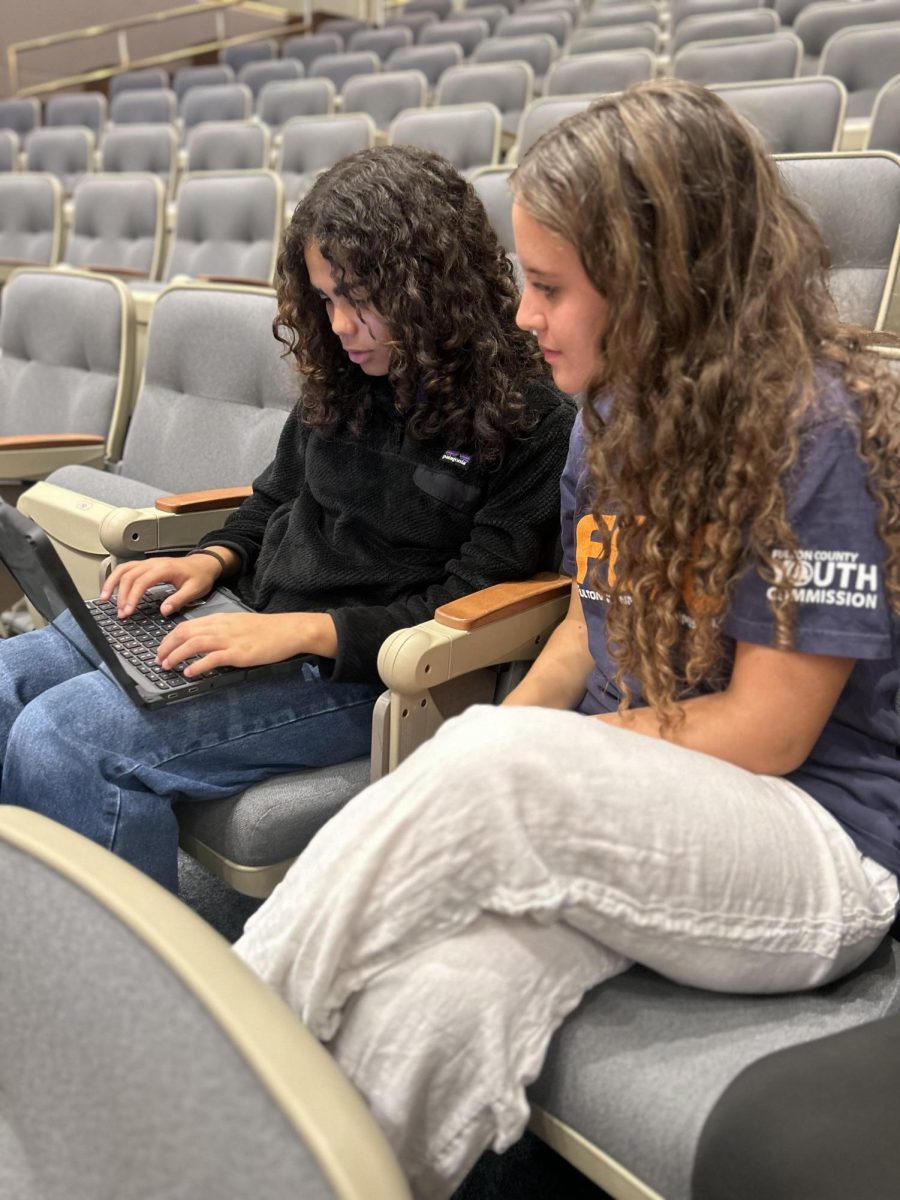
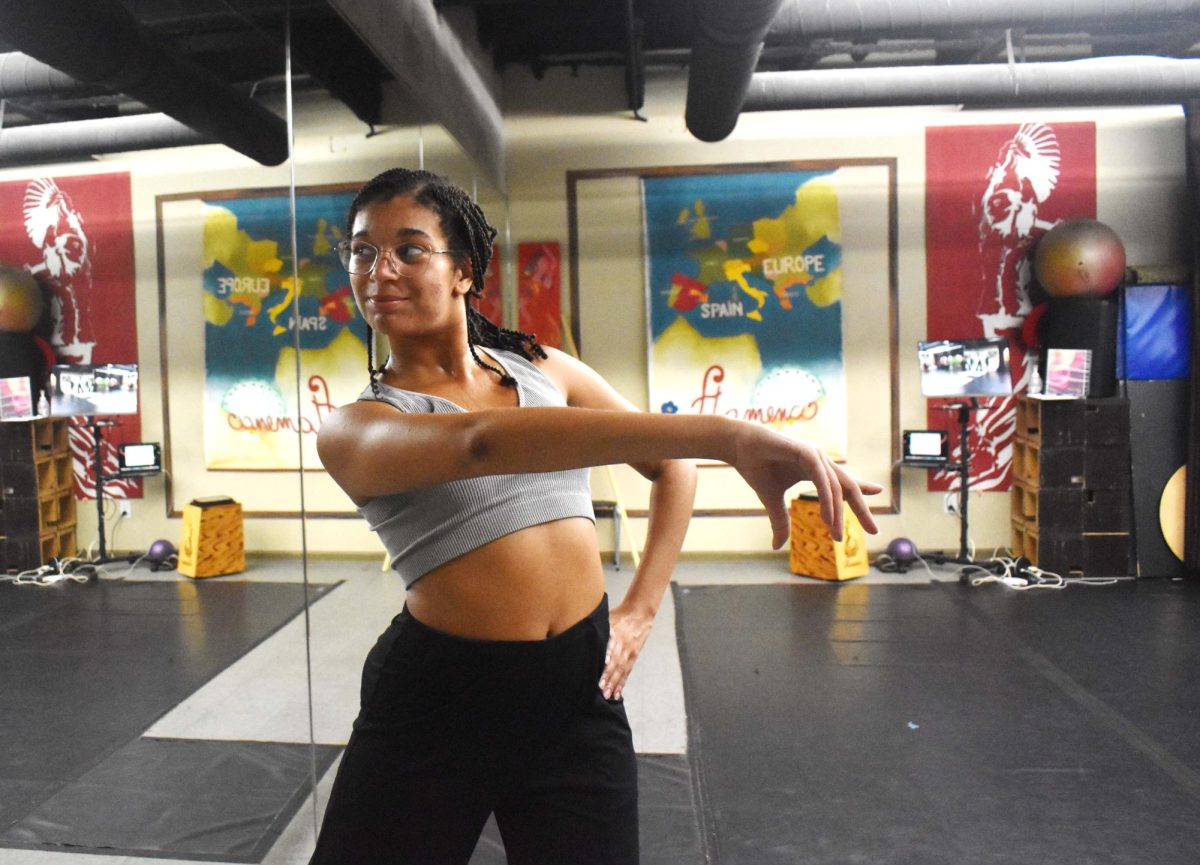
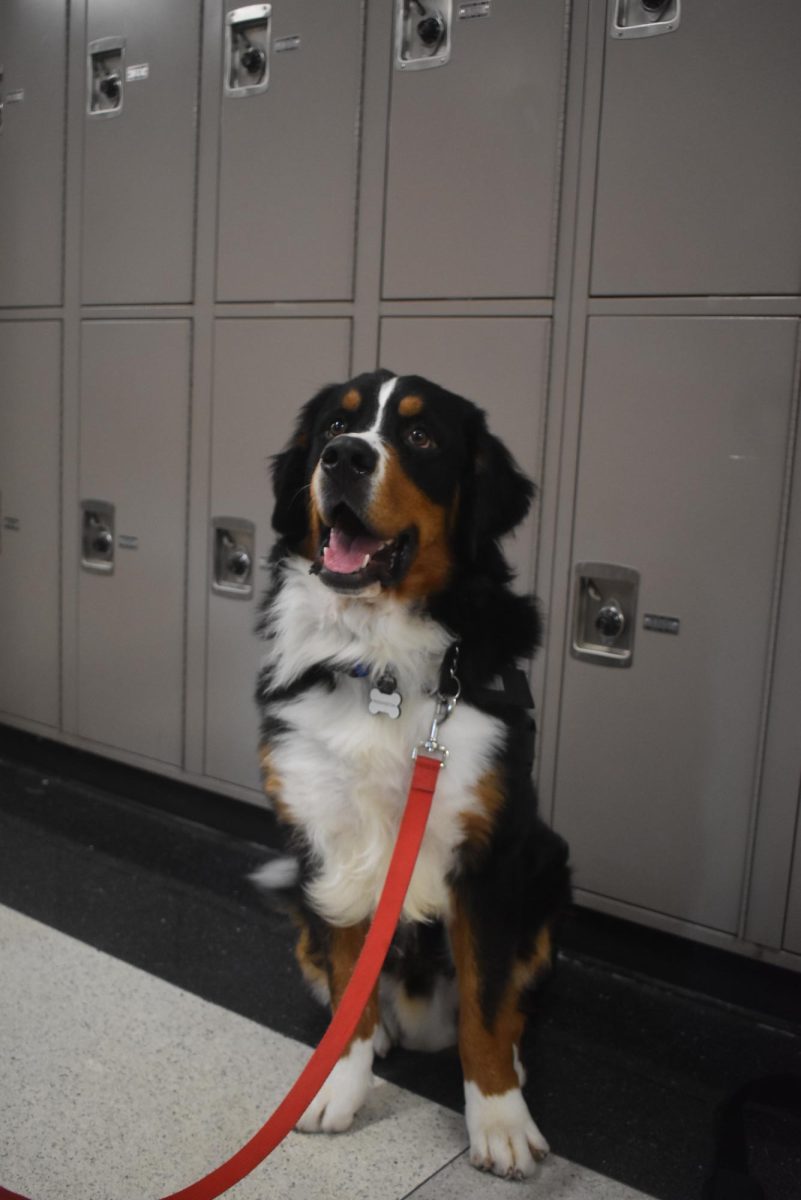

Bo farmer • Nov 7, 2014 at 12:23 pm
The shepherd center is truly a great place, along with my family ,they saved my life,the entire staff from top to bottom has compassion for there patients,my life will ever be changed because of this hospital ,Atlanta should be blessed that they have this facility there.